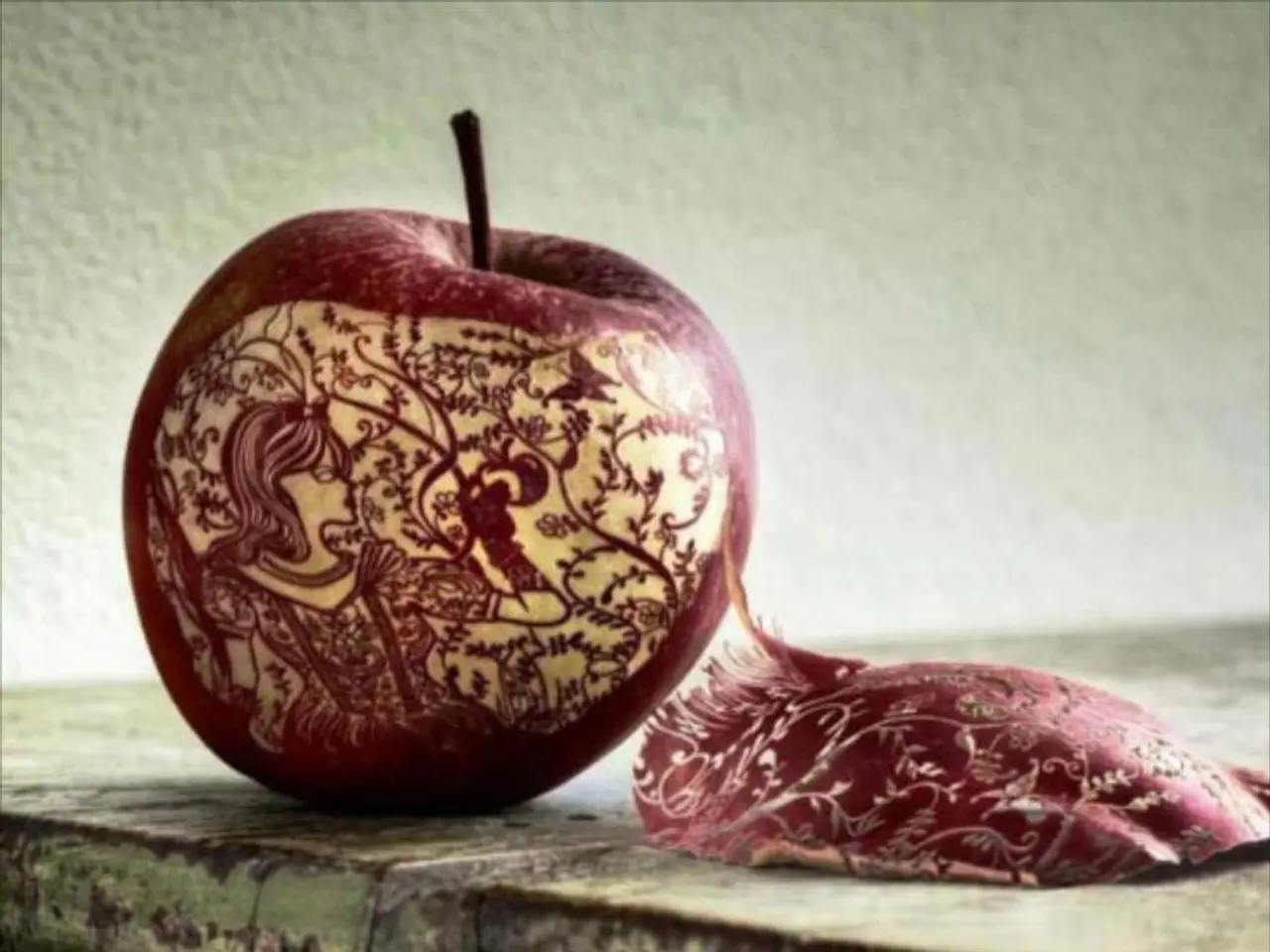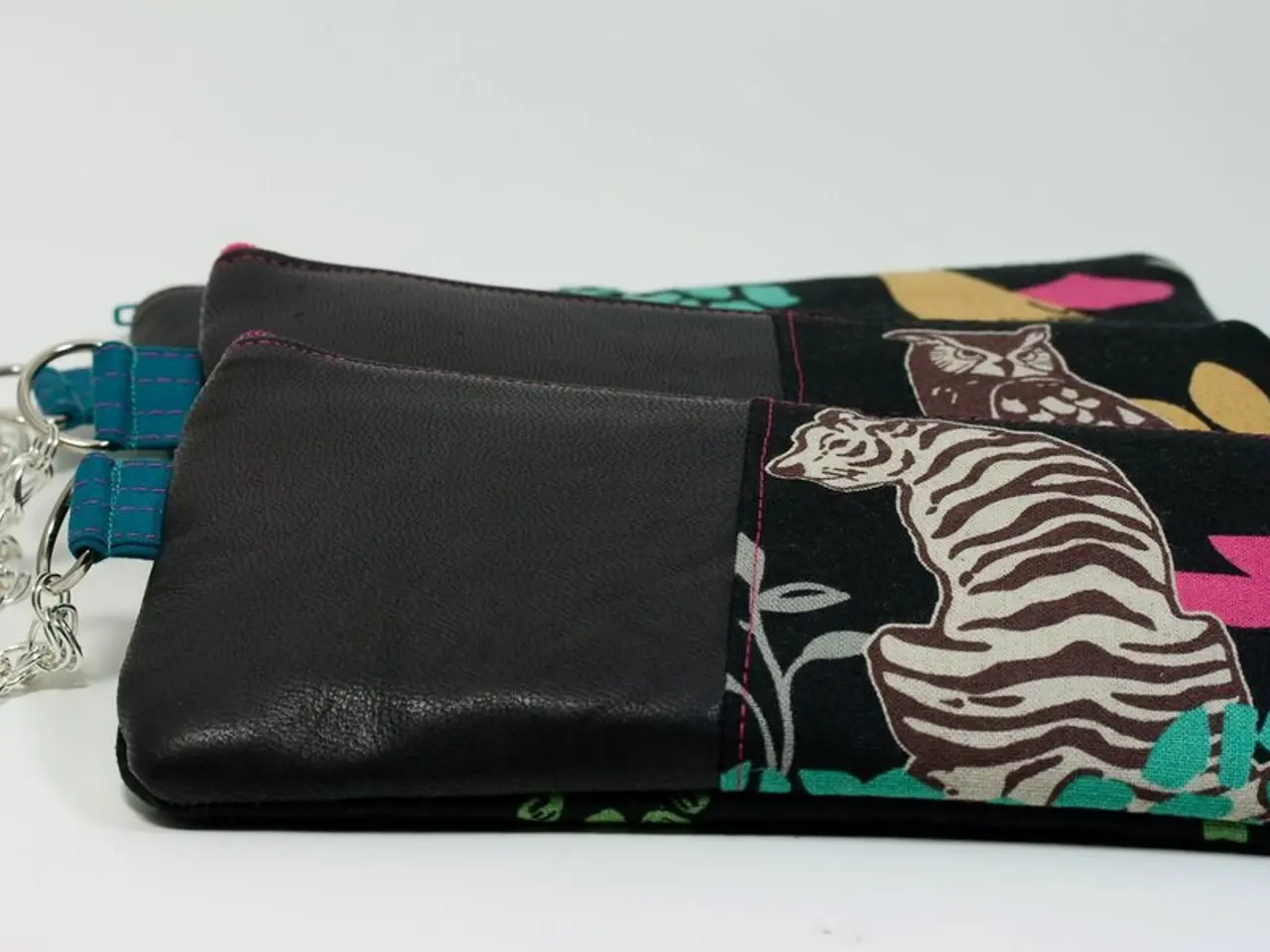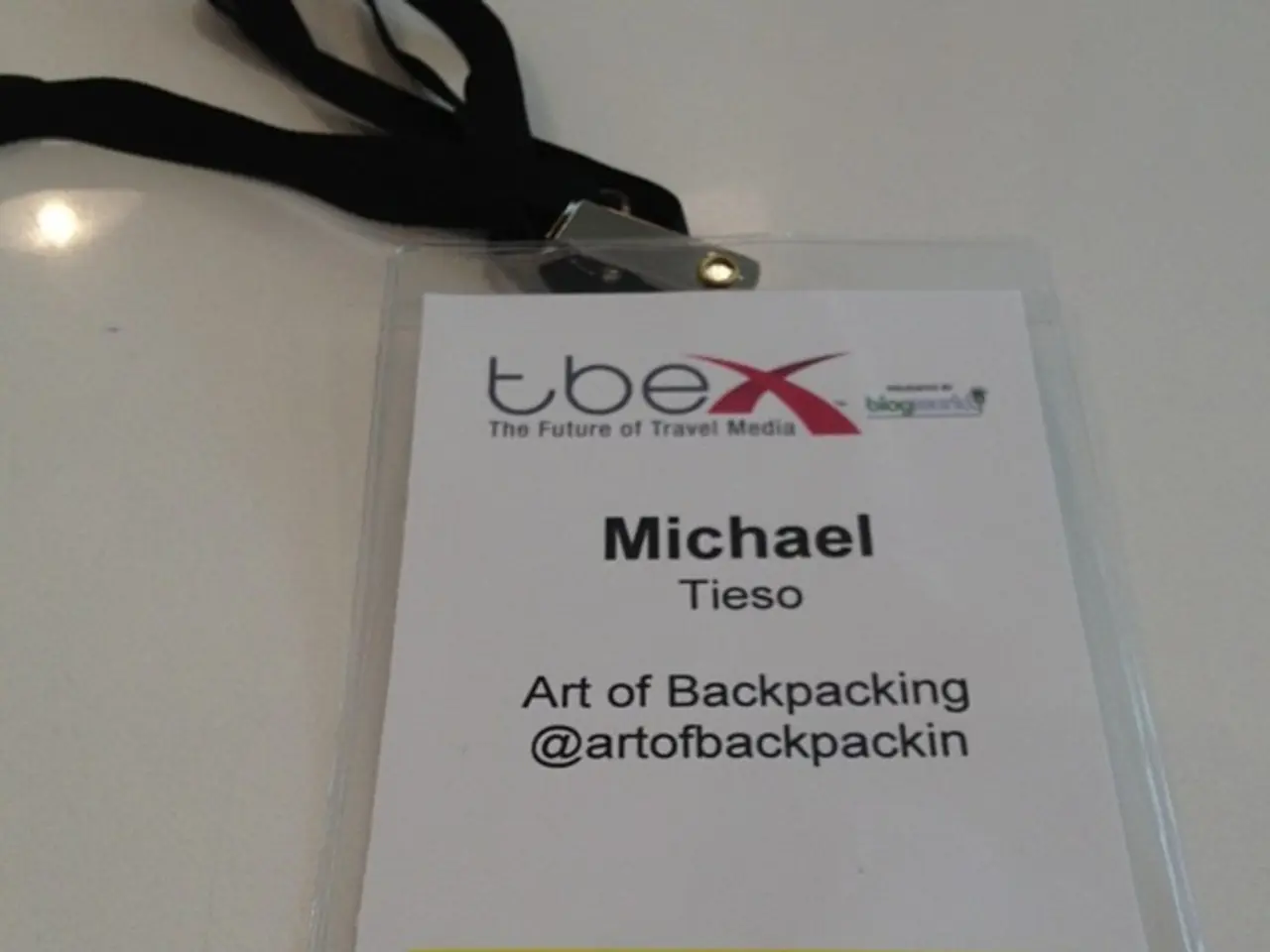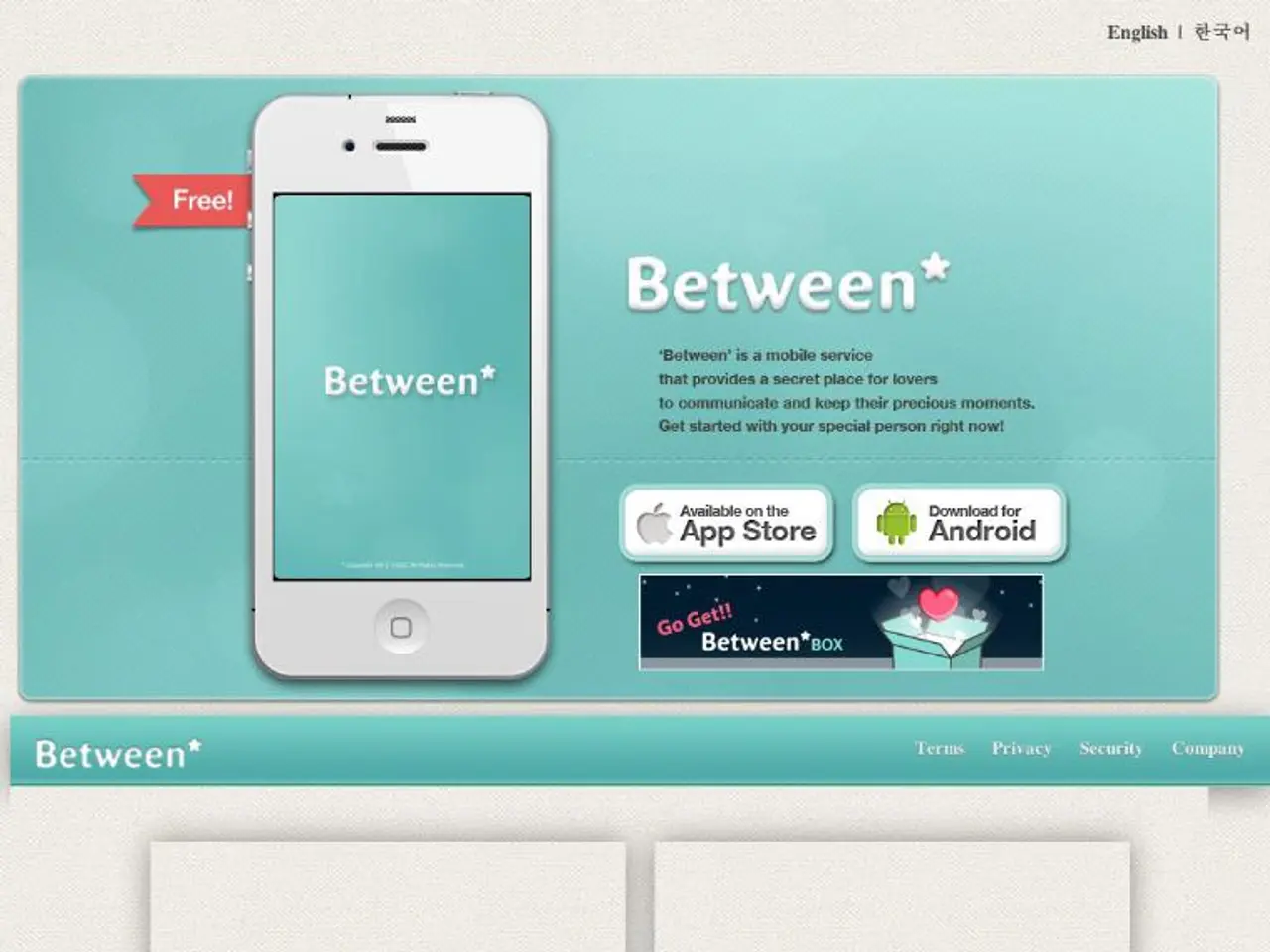Design Outputs from a Tech Hub Firm in Silicon Valley (Regarding UX)
In the realm of UX design, a well-structured set of deliverables plays a crucial role in ensuring a successful design-to-development workflow. Leading UX design agencies like Clay meticulously craft a standard suite of deliverables that support the entire design and development process. Here's an in-depth look at the deliverables provided by Clay and the importance they hold in creating successful products.
Research Insights
The foundation of any UX design project lies in understanding the user. To this end, Clay gathers insights from user interviews, surveys, and usability testing. These findings, presented in user research reports, define user needs, behaviors, and pain points, grounding all subsequent design decisions in real user data.
User Modeling
To empathize with the target audience and maintain a user-centered approach, Clay creates fictional but data-driven characters known as personas. These personas represent typical users, including their motivations, skills, and frustrations, helping designers connect with the users on a deeper level.
User Journey Maps and Storyboards
Visual depictions of user interactions and experiences, user journey maps and storyboards provide a clear understanding of the user's path with a product or service. They highlight potential challenges and opportunities for improvement, ensuring that the design addresses real user needs effectively.
Wireframes and Prototypes
Wireframes and prototypes serve as visual representations of the product layout and interactions. These tangible artifacts facilitate communication and alignment among cross-functional stakeholders by providing a platform for feedback and iteration. Clay delivers wireframes, visual mockups, and animations, which help align stakeholders and development teams.
Design Systems and Style Guides
Design systems and style guides, consisting of UI components, interaction patterns, and branding standards, promote design consistency and scalability across product versions. By streamlining implementation and future updates, these tools enhance efficiency and reduce the risk of inconsistencies in the final product.
Usability Testing Reports and Iterations
Usability testing reports validate design effectiveness and uncover usability issues, guiding refinement before development handoff. By iterating designs with user input early, Clay reduces development risks and costs, ensuring that the final product meets user needs and expectations.
In summary, the standard UX deliverables from a leading agency like Clay cover research insights, user modeling, interaction flows, visual design assets, and testing documentation. These deliverables together enable a user-centered, validated, and efficient design-to-development workflow that drives successful product outcomes. By establishing a clear, user-centered foundation, facilitating communication and alignment, reducing development risks and costs, and enhancing consistency and efficiency, Clay's approach ensures that the design process is structured, responsive, and comprehensive, meeting stakeholder needs on time and within budget.
Technology plays a significant role in capturing and analyzing user data in UX design, such as user interviews, surveys, and usability testing, which are part of the deliverables provided by Clay. Design systems and style guides, also part of the deliverables, use technology to maintain consistency and scalability across product versions.




